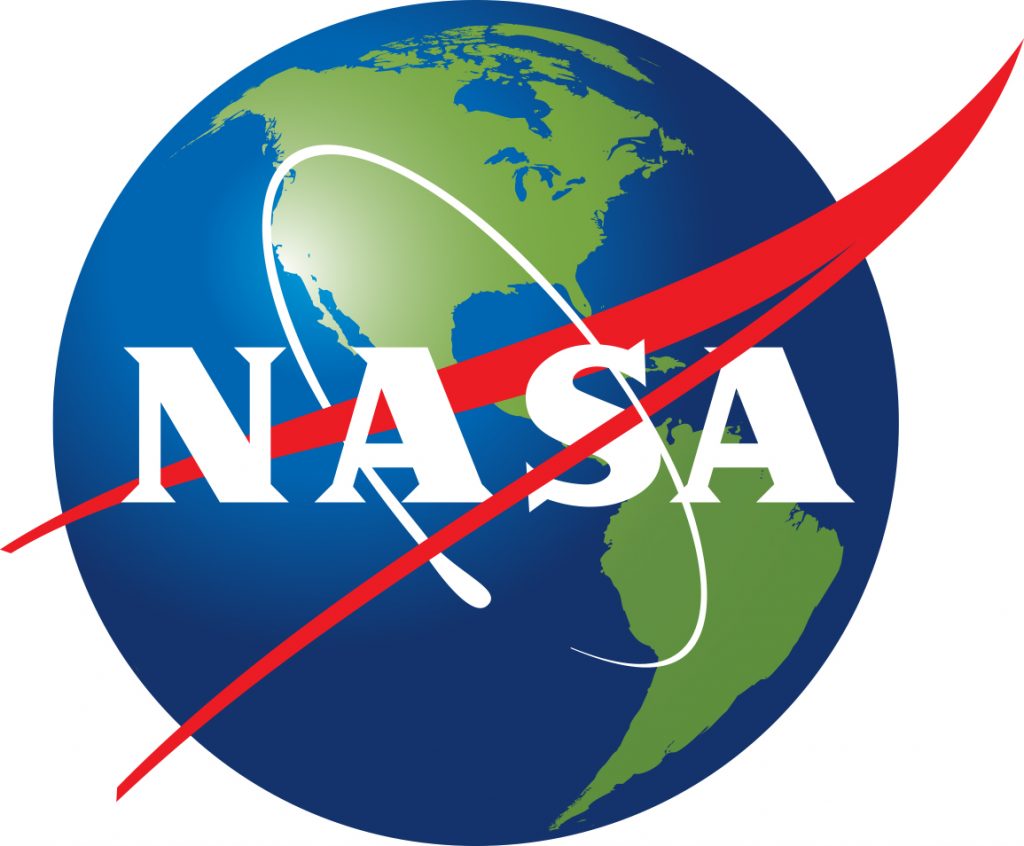NASA’s new 3D picture of methane concentrations shows the second-largest contributor to greenhouse warming and its behavior throughout the atmosphere. Since the Industrial Revolution, atmospheric methane concentrations have more than doubled and are responsible for 20 to 30% of Earth’s rising temperatures to date. Methane’s sources include fossil fuel activities, primarily from coal, oil and gas sectors, the ocean, flooded soils in vegetated wetlands along rivers and lakes, agriculture, such as rice cultivation, and the stomachs of ruminant livestock, including cattle.
Once methane emissions are lofted into the atmosphere, high-altitude winds can transport them far beyond its source. Knowing where atmospheric methane comes from helps us study it and better prepare for its effects on our warming climate.
 Combining multiple data sets into a high-resolution computer model, researchers now have an additional tool for understanding this complex gas and its role in Earth’s carbon cycle, atmospheric composition, and climate system.
Combining multiple data sets into a high-resolution computer model, researchers now have an additional tool for understanding this complex gas and its role in Earth’s carbon cycle, atmospheric composition, and climate system.
